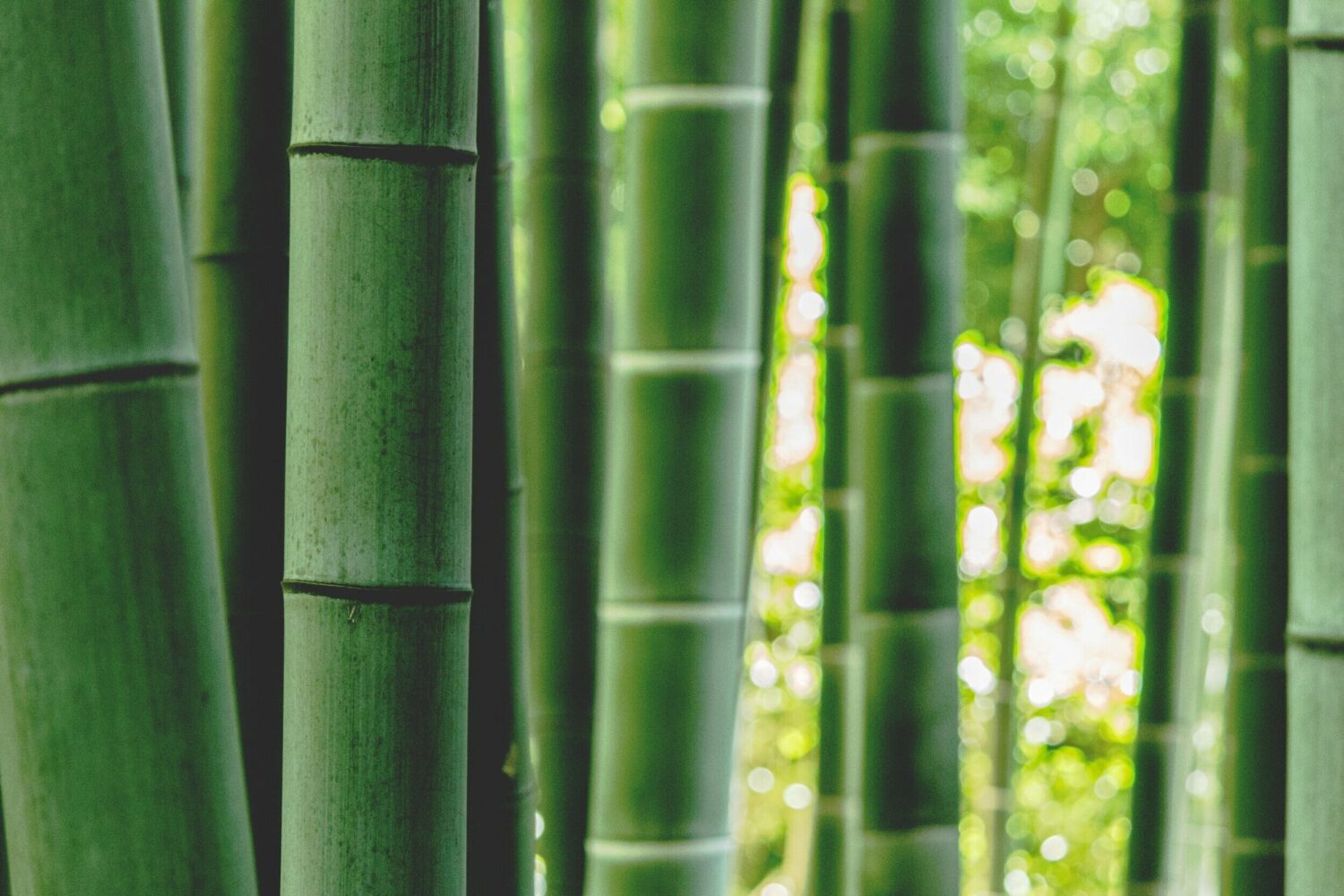blog
Bamboo or organic cotton in clothes? What is best for the environment?
Is Bamboo Eco-Friendly Compared to Organic Cotton?
When it comes to making eco-friendly choices in our wardrobe and our homes, we face a variety of options. Two of the most popular materials often compared are bamboo and organic cotton. Both have their advantages when it comes to sustainability, but which one is truly the better choice for the environment? In this blog post, we will explore the ecological and sustainable aspects of both materials to gain a better understanding of their impact on our planet.
Bamboo – A Fast-Growing Giant
Bamboo is a natural material considered to be very environmentally friendly. What makes bamboo an attractive option is its fast-growing nature. Bamboo is, in fact, a type of grass, and some species can grow up to a meter a day. This means it can be harvested much faster than trees used to produce conventional textiles. Since bamboo is so fast-growing, it also requires minimal irrigation and pesticide use, reducing its environmental impact significantly.
When it comes to energy consumption, the production of bamboo fabrics is generally less energy-intensive than the production of cotton textiles. Furthermore, bamboo fibers have natural properties that make them breathable, moisture-wicking, and antibacterial. This makes bamboo an excellent material for clothing and bedding.
Organic Cotton – A Sustainability Hero
Organic cotton is another popular and eco-friendly textile choice. The difference between organic cotton and conventional cotton lies in its cultivation. Organic cotton is grown without the use of synthetic pesticides or fertilizers, reducing the risk of soil and water pollution. Moreover, organic cotton often promotes sustainable agricultural practices and fair working conditions for farmers.
Another positive aspect of organic cotton is that it can be biodegradable and compostable, reducing waste in our environment. Its sustainable properties have made it a popular choice in the fashion industry.
Comparison: Bamboo vs. Organic Cotton
When comparing bamboo with organic cotton, there are some important factors to consider:
-
Growth and Harvesting: Bamboo is fast-growing and requires less water and pesticides than cotton, making it a more resource-efficient option.
-
Energy Consumption: Bamboo requires less energy for textile production compared to cotton.
-
Sustainability: Both bamboo and organic cotton are biodegradable, but organic cotton can be more sustainable when grown and harvested using sustainable methods.
-
Usage: Bamboo has natural properties that make it suitable for clothing and bedding, while organic cotton has a broader range of uses in various industries.
Summary
Both bamboo and organic cotton offer eco-friendly alternatives to conventional textiles. The choice between the two largely depends on your specific needs and priorities. If you value rapid growth and low energy consumption, bamboo may be the better option. On the other hand, if you emphasize organic cultivation and biodegradability, organic cotton might be the right choice for you.
In the end, it’s about making conscious and informed choices when it comes to your textile selection. Both bamboo and organic cotton offer advantages in terms of sustainability and eco-friendliness, and it’s up to you to decide which material best suits your needs and values.
What Are the Disadvantages of Bamboo in Clothing?
Bamboo is considered a relatively eco-friendly material compared to many other options, but there are still some aspects that may be less favorable from an environmental perspective:
-
Transport Costs: If bamboo products need to be transported over long distances to consumer markets, it can result in significant greenhouse gas emissions, especially if transported by air. It’s essential to consider where bamboo is grown and how it’s transported when assessing its environmental impact.
-
Monoculture: In some cases, bamboo is cultivated as a monoculture, which can lead to soil depletion and reduced biodiversity. This practice can be detrimental to ecosystems in areas where bamboo is grown if not done with sustainability in mind.
-
Bamboo Plastic: Some products, like bamboo plastic, are marketed as a more environmentally friendly alternative to traditional plastics, but they may have drawbacks. The production of bamboo plastic can require chemical processes that can be environmentally burdensome. Additionally, it can be challenging to break down bamboo plastic in some composting facilities.
-
Certification and Control: Not all bamboo cultivation meets necessary sustainability standards. It’s crucial to choose bamboo products that have been certified by credible organizations to ensure they have been grown and produced in an environmentally friendly manner.
-
Water Usage: While bamboo generally requires less water than cotton to grow, water usage can vary depending on cultivation methods and location. In areas where water resources are already scarce, excessive water use for bamboo cultivation can negatively impact local ecosystems.
It’s important to remember that the environmental impact of bamboo can vary depending on how and where it is grown, as well as how it is processed and transported. To minimize negative environmental effects, it’s essential to choose products that are certified as sustainable and support manufacturers and companies with a clear environmental focus.
Where Does B-LIGHT Stand on the Issue of Bamboo in Clothing?
We have considered the pros and cons and see no obstacles to using bamboo in our eco-friendly range. We all need clothing, so it always has an impact on our environment. This makes it very important to choose what is least harmful and from companies where sustainability matters.
We have now started selling clothing on a small scale with a blend of organic cotton and bamboo. We hope this blog post helps you better understand the environmental aspects of bamboo and organic cotton and makes it easier for you to make an informed decision when shopping for your clothes.
You can find our bamboo clothing here:


 Svenska
Svenska Deutsch
Deutsch






